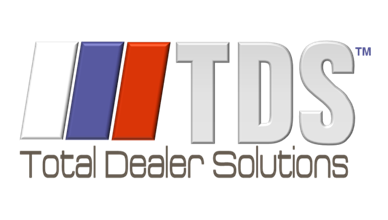Why Your Parts Inventory Isn’t as Accurate as You Think
Many dealerships assume their parts inventory records are accurate—until an audit or reconciliation exposes discrepancies. Even with regular tracking, inventory…
Understanding and Preventing Parts Inventory Shrinkage in Dealerships
Parts inventory shrinkage is a silent profit killer for many dealerships. It occurs when the actual inventory on hand is…
Parts Cycle Counting: The Key to Consistent Inventory Accuracy
Maintaining an accurate parts inventory is essential for dealership profitability and efficiency. One of the best ways to ensure accuracy…
Automating Parts-to-GL Reconciliation: A Game Changer for Dealerships
In the fast-paced world of automotive dealerships, staying on top of inventory and financial accuracy is crucial. One of the…
5 Common Mistakes Dealerships Make with Parts Inventory (And How to Fix Them)
Managing an accurate parts inventory is essential for profitability, but many dealerships unknowingly make costly mistakes. These errors lead to…
Why Use a Third-Party for Parts Inventory Counts?
When it comes to automotive parts inventories, accuracy and efficiency are critical. Dealerships face the constant challenge of maintaining precise…
Buy/Sell Agreements: Managing Parts Inventory During a Dealership Transition
When a dealership undergoes a buy/sell transaction, the accuracy of its parts inventory valuation is critical. Failing to properly audit…
Why Your Parts Inventory Doesn’t Match the General Ledger
Parts to General Ledger (GL) variances are a common frustration for dealerships, leading to financial discrepancies that can impact profitability…
The Hidden Costs of Parts Inventory Variance
Inventory variance is a persistent challenge for dealership parts departments, often leading to financial losses and operational inefficiencies. While minor…
How do I reconcile my parts inventory to accounting?
To reconcile your parts inventory to your parts general ledger you’ll need to take your ending inventory balance and compare…
What are best practices for a clean parts inventory?
PartsCount by Total Dealer Solutions (TDS) was established in 2003 to meet the automotive dealers’ need for an unbiased, professional…
What is parts inventory obsolescence?
Parts that are 12 months and older are obsolete. Parts that have not sold for 6 months have a 65%…
